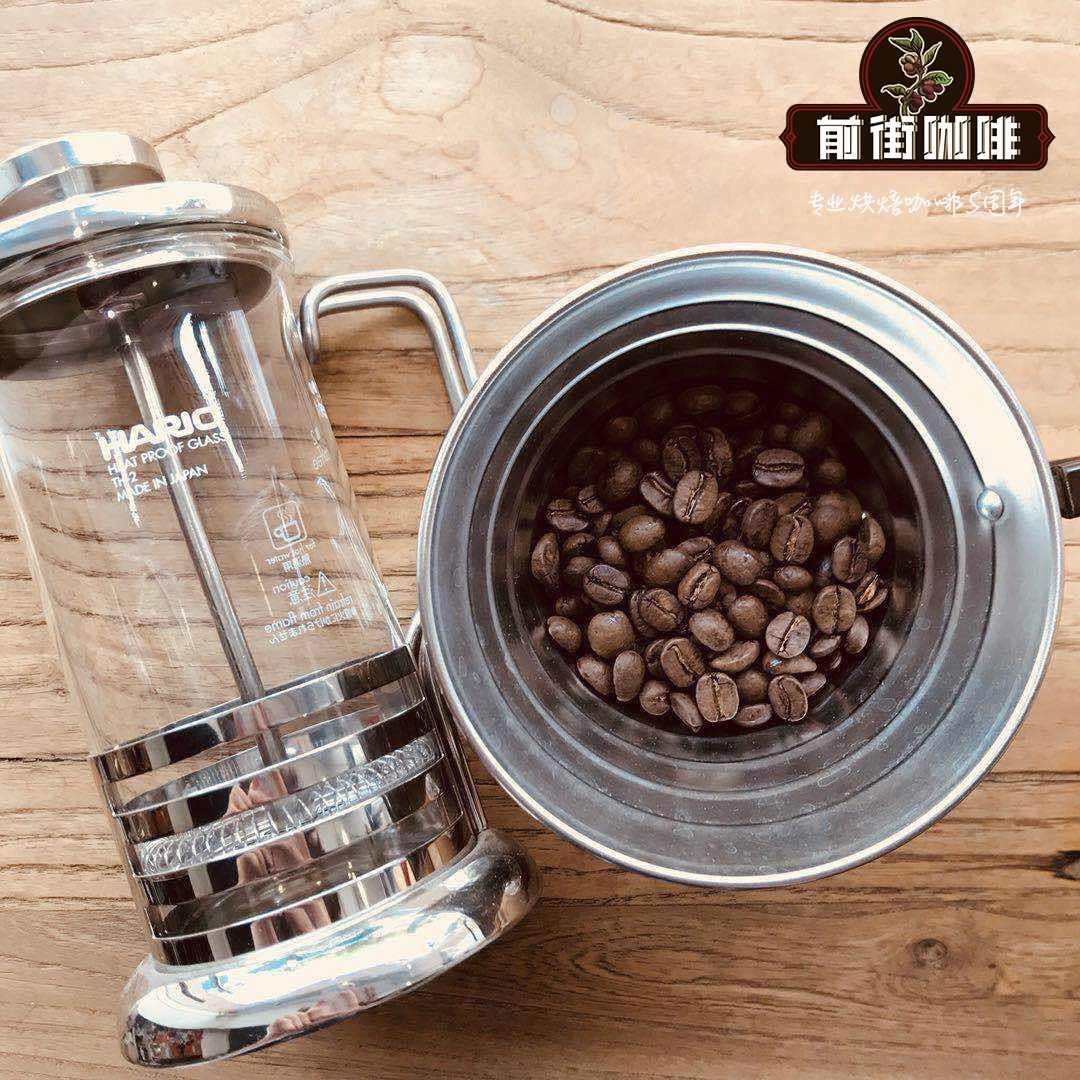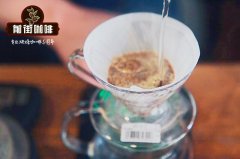Costa Rican Breeze / Barissa Manor Monte Brisas introduction _ Costa Rican Water Coffee

Professional coffee knowledge exchange more coffee bean information please follow the coffee workshop (Wechat official account cafe_style)
Salaca Manor is now owned by Maria Elena and is almost exclusively planted with Villalobos species, mixed with a small number of Kaddura species. Villalobos is a branch of Typica, which is characterized by delicate appearance, floral and citrus aromas and subtle acidity of apricots, peaches and plums. Between 1950 and 1960s, Costa Rica planted a large number of Villalobos species in the western valley, and up to now, a large part of the Villalobos species are still planted in the western valley at such a high altitude. The variety was also introduced to Indonesia by Dutch traders in the late 1960s.
Costa Rica has seven coffee producing areas, of which Tarazu, the central valley and the western valley are the three best-known and best-quality areas. The Salaca manor, the producer of raw coffee beans, is located in the western valley. On the other hand, the micro-treatment plant in Breeze Mountain (Monte Brisas), which has stable local treatment technology and has gradually attracted the attention of the international coffee market, uses red dense treatment to treat Vera Saatchi varieties with colorful and diverse flavors. Villa sarchi is a rare variety bred by local coffee farmers in the western valley through bourbon mating. It is resistant to strong wind, likes high altitude environment, has excellent flower aroma and elegant acidity, diverse flavor, rich fruit flavor and sweetness.
The cultivation of Costa Rican coffee has a long history, but in the past 10 years, the new "dry" treatment method, collectively known as "honey treatment", has become a trend, which uses the scraper to adjust the scraping degree of the pulp. The output changes from light to dark (white, yellow-red-white, yellow-red-black) and presents a "honey feeling" from light to strong, with acidity.
Complex aroma, thick feeling... Each has its own depth and advantages. Finca Salaca is now owned by the Maria Elena family. Almost all of the estates are planted with Villalobos species, only a few Kaddura species are planted. Villalobos is a branch of Tibica, which is characterized by delicate appearance, floral and citrus aromas and subtle acidity of apricots, peaches and plums. Between 1950 and 1960s, Costa Rica planted a large number of Villalobos species in the western valley, and up to now, a large part of the Villalobos species are still planted on land as high as the western valley. In the late 1960s, Dutch traders introduced Villalobos to Indonesia for planting.
Costa Rican coffee has always been regarded as the perfect type of classic flavor, with a balanced, clean, gentle and supple tone. This batch of coffee beans is a recent rookie in Costa Rica's microprocessing plant.
The raw bean treatment of the breeze factory (Monte Brisas) retains the unique flavor of Villalobos with red honey: elegant and rich fruit notes, blueberries, flowers, frankincense, chocolate, sweet and juicy acidity, delicate and smooth taste, aftertaste.
Luis Salazar, the second generation of the estate, believes that each micro-batch of coffee cherries at Salaca has different characteristics and should be treated more experimentally in order to find out the best flavor. In 2012, Luis Salazar established a breeze treatment plant (Monte Brisas Micromill). In the same year, Salaka Manor won the Costa Rican COE competition!
Vera Robles is a natural variety of Tibica found in Costa Rica. This variety is popular because of its obvious sweetness and high-quality acidity.
PS.
I didn't expect that a cup of coffee will have so many levels of performance in hot and cold. There is such a big change in drinking hot, cold and cold coffee-- you like to taste fresh and changeable. Come and have a drink-- it's really an amazing taste.
END
Important Notice :
前街咖啡 FrontStreet Coffee has moved to new addredd:
FrontStreet Coffee Address: 315,Donghua East Road,GuangZhou
Tel:020 38364473
- Prev

Uganda AA Bugison (Bugisu) producing area | Arabica wet treatment of fermented bean flavor?
Professional coffee knowledge exchange more coffee bean information please follow the coffee workshop (Wechat official account cafe_style) Uganda AA Bugison (Bugisu) production area | Arabica wet treatment of fermented bean flavor? Uganda, which is located at the source of the Nile, is a landlocked country in Africa that does not rely on the sea. Although Uganda has a long history of producing coffee like other East African countries, it is a war caused by ethnic antagonism.
- Next

Suggestions on how to make Costa Rican coffee in Crire Flower Manor in Tarazhu, Costa Rica
Professional coffee knowledge exchange more coffee bean information please pay attention to coffee workshop (Wechat official account cafe_style) Costa Rican coffee (Costa Rica Tarrazu) Costa Rican coffee is planted in high-altitude areas with excellent soil, the density is the densest, and the quality is quite stable and superior. It is recognized by gluttons as the most balanced coffee, and Costa Rican coffee seeks the right acidity.
Related
- Detailed explanation of Jadeite planting Land in Panamanian Jadeite Manor introduction to the grading system of Jadeite competitive bidding, Red bid, Green bid and Rose Summer
- Story of Coffee planting in Brenka region of Costa Rica Stonehenge Manor anaerobic heavy honey treatment of flavor mouth
- What's on the barrel of Blue Mountain Coffee beans?
- Can American coffee also pull flowers? How to use hot American style to pull out a good-looking pattern?
- Can you make a cold extract with coffee beans? What is the right proportion for cold-extracted coffee formula?
- Indonesian PWN Gold Mandrine Coffee Origin Features Flavor How to Chong? Mandolin coffee is American.
- A brief introduction to the flavor characteristics of Brazilian yellow bourbon coffee beans
- What is the effect of different water quality on the flavor of cold-extracted coffee? What kind of water is best for brewing coffee?
- Why do you think of Rose Summer whenever you mention Panamanian coffee?
- Introduction to the characteristics of authentic blue mountain coffee bean producing areas? What is the CIB Coffee Authority in Jamaica?

